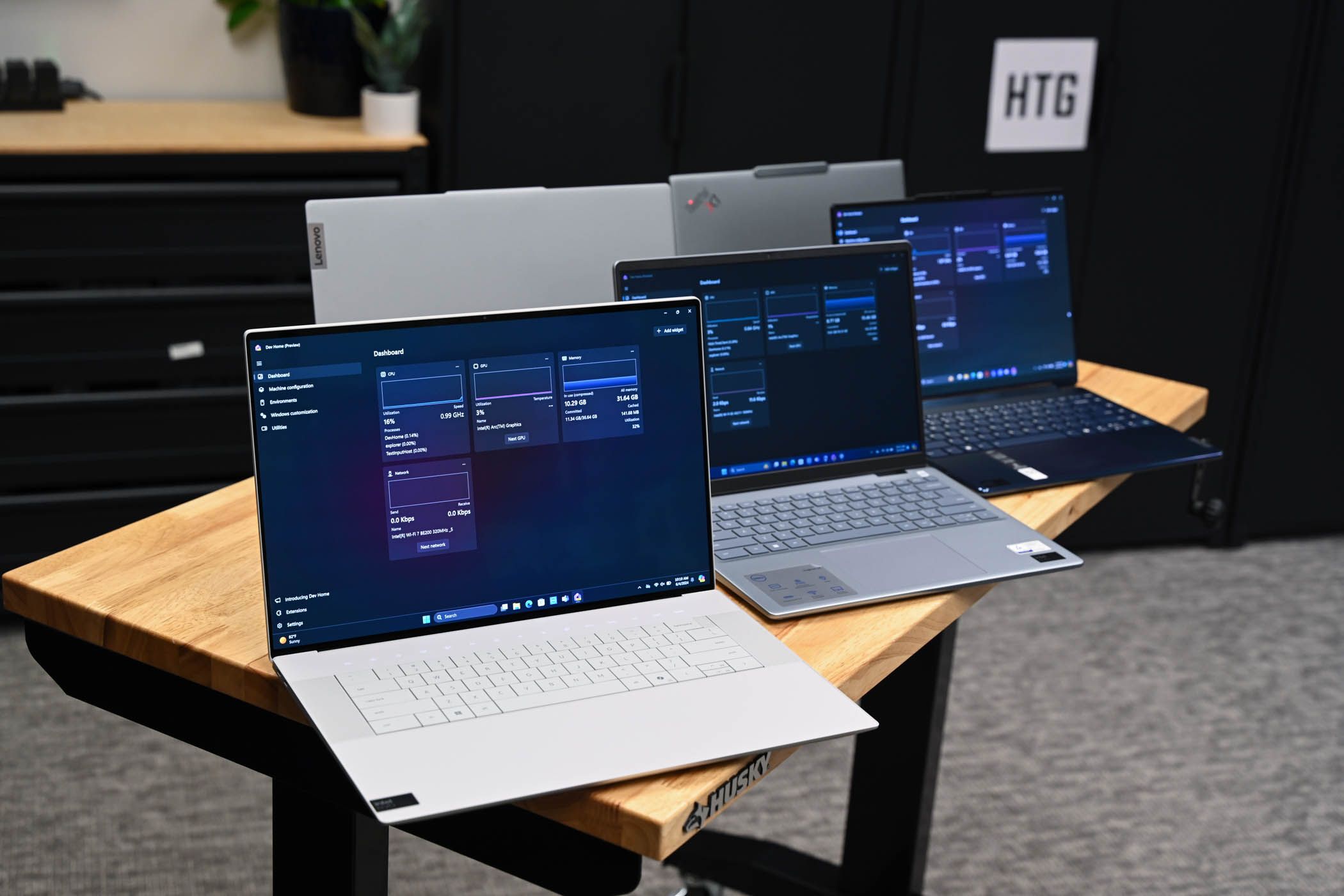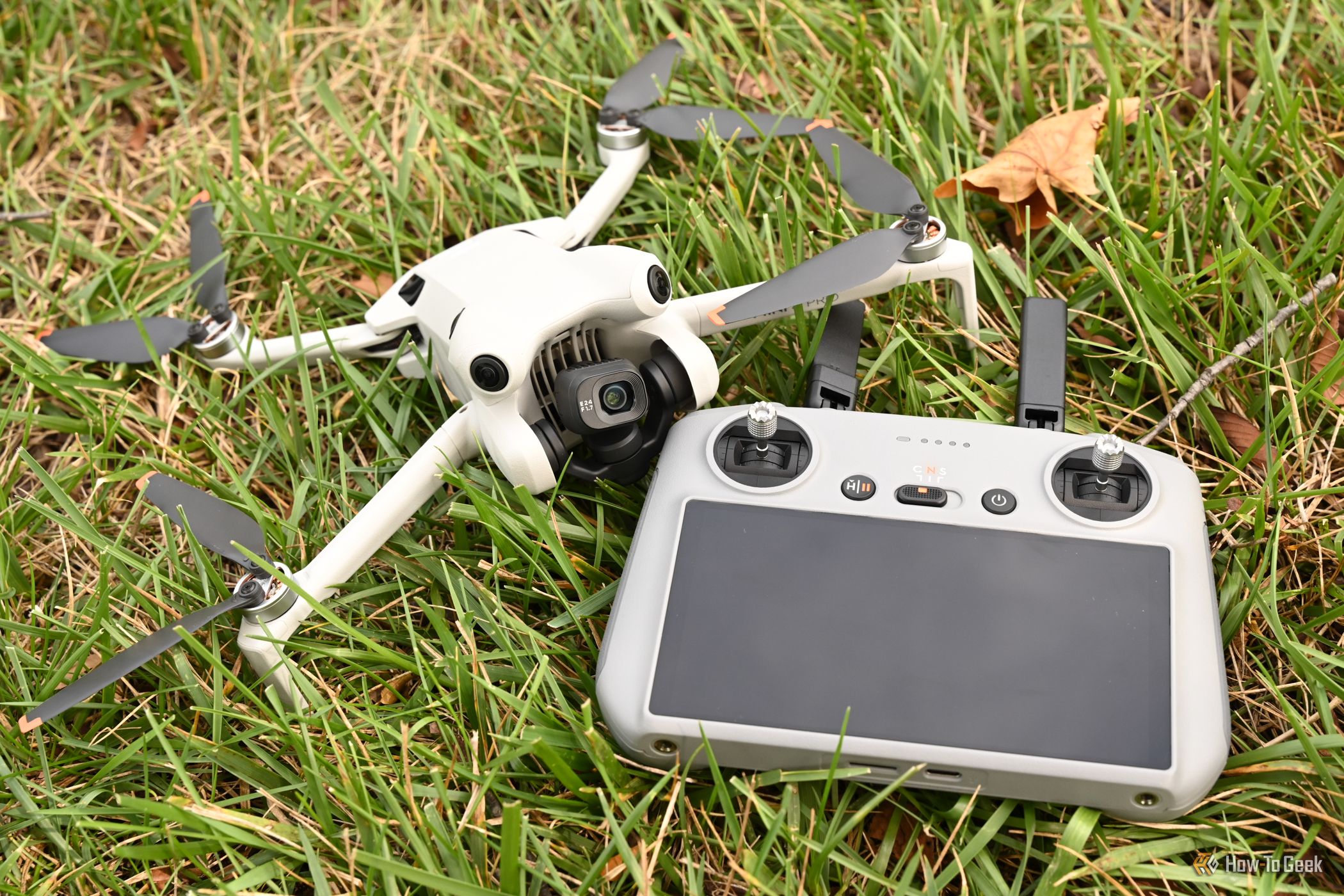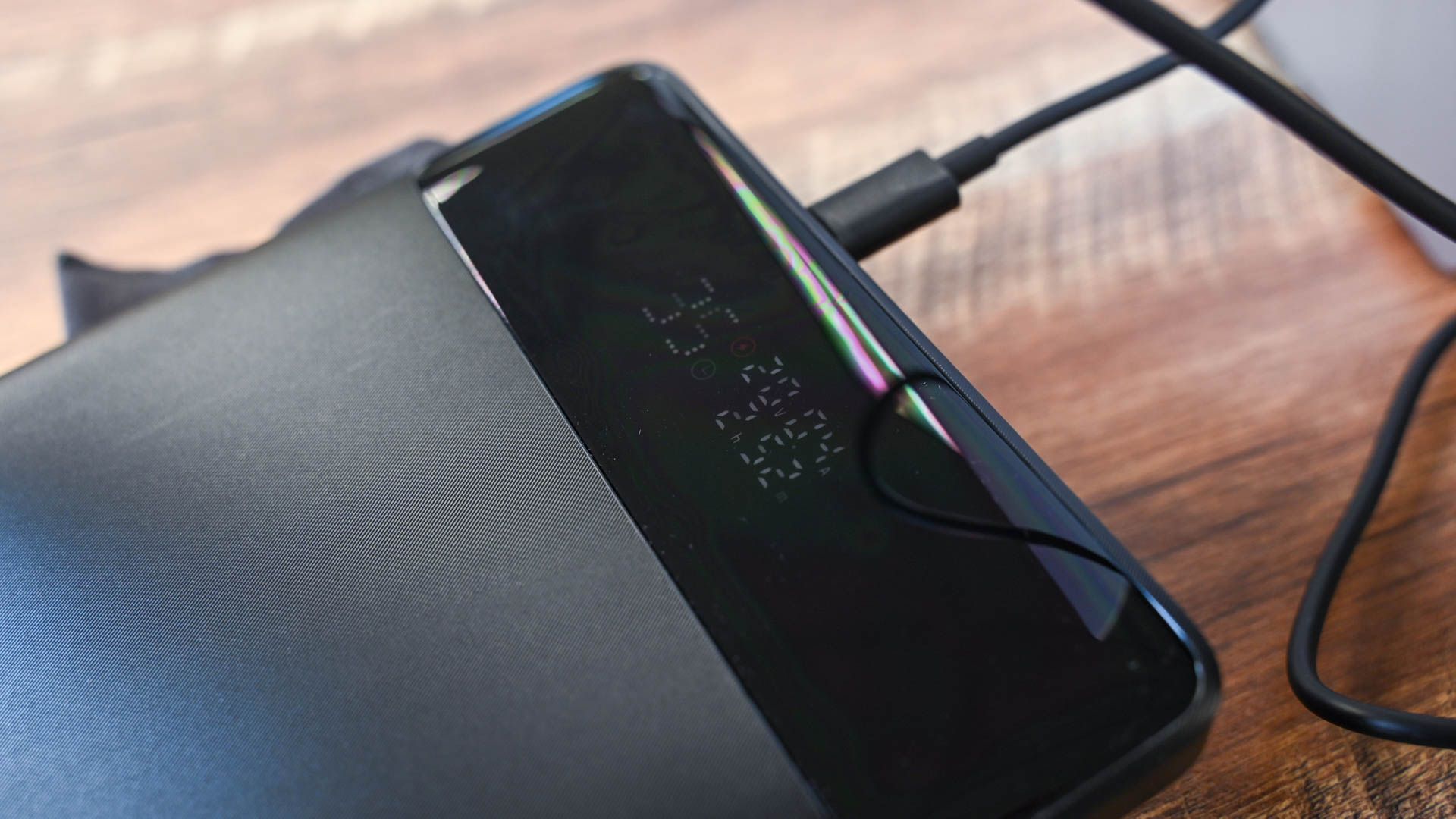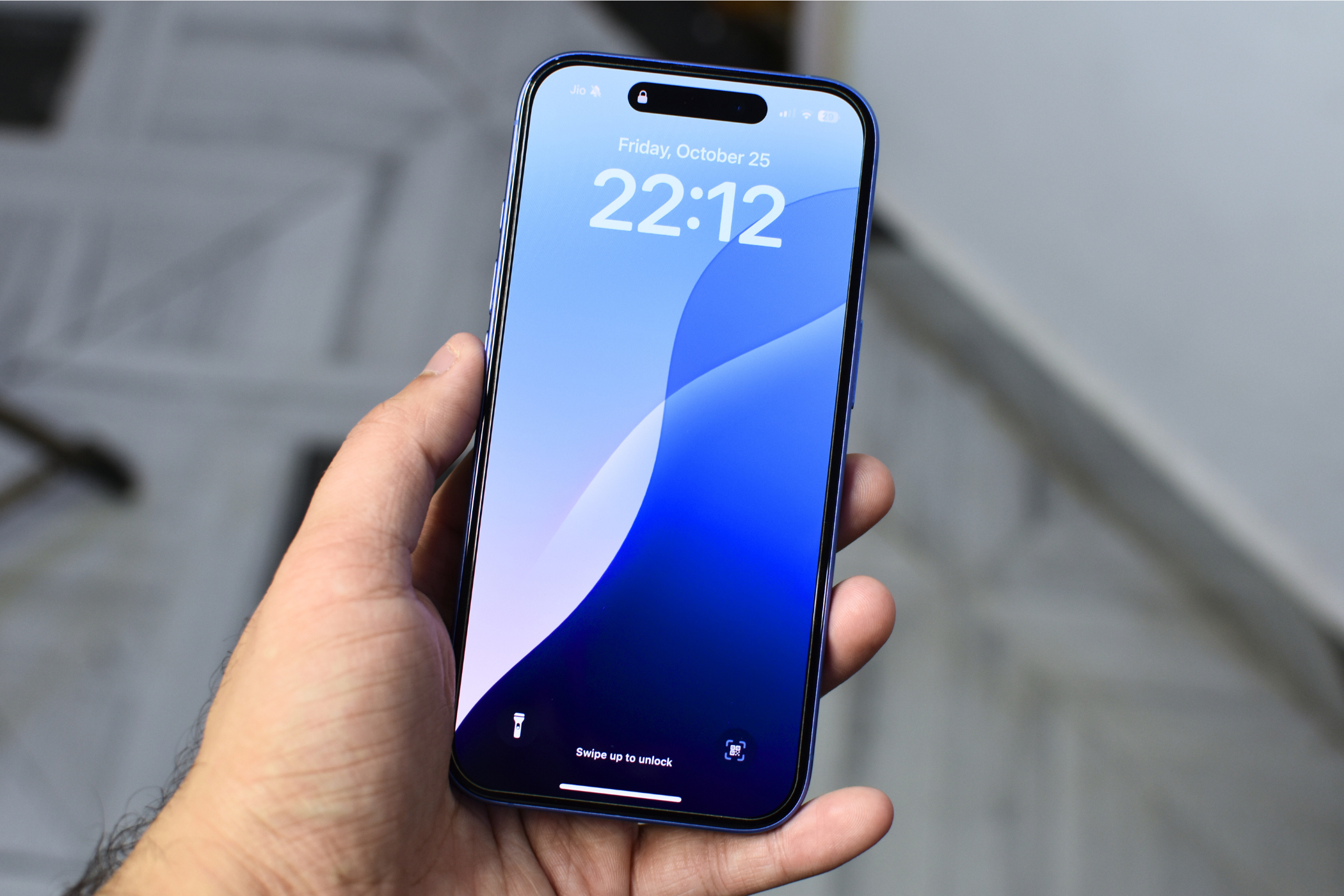If you’re planning to travel beyond your country’s borders, you need to check that all your gadgets are allowed in your destination country.
Laws are different all across the world, and devices that are perfectly legal in your home country could end up causing you trouble elsewhere. I’ve compiled a list of gadgets that you should pay special attention to when you’re packing for your trip.
Satellite communicators, innocuous though they may seem, are restricted or outright banned in some countries like India, Cuba, Thailand, and Vietnam. If you are found in possession of one within their borders, you could be detained and forced to pay several thousand in fines and legal fees.
This was the experience of a Canadian trail runner who traveled to India with her Garmin Inreach—a satellite communicator popular among campers and trail runners—and, in doing so, unknowingly violated a law requiring her to obtain a license before owning or using such devices. When the communicator was discovered, she was detained, her passport seized, and she had to spend the next 6 days attempting to sort the whole issue out. She ended up paying a lawyer to take on her case and help her avoid jail time (yes, that was a possibility), which, together with the fine she was handed, ended up costing her upwards of $2000.
There are legitimate questions about the soundness of laws restricting satellite communicators, one of which is how effective those laws are, considering that many iPhones can now double as satellite communicators. However, at the end of the day, the law is still the law, and you must comply.
You can avoid a similar experience by checking ahead to make sure that your satellite communicator is allowed in the country you’re visiting. Garmin has a list of countries where satellite communicators may be regulated that you can use to get started, but it wouldn’t hurt to do more thorough research.
Laser Pointers Could Cause You to Miss Your Flight
If you’re traveling to give a presentation, you might want to consider leaving your laser pointer behind. This is because several countries have restricted or banned certain classes of lasers because of their potential to cause eye damage and interfere with aircraft. If one is discovered in your possession, you could be detained and fined.
Switzerland is especially strict in this regard. According to its laws, class 2 laser pointers (which is the type usually used in presentations) are banned in the country, and even class 1 laser pointers are only allowed for indoor use.
If you have to bring your laser pointer with you, research what class of lasers are allowed and make sure that yours is compliant. Also, examine your devices to make sure that they are not hybrid devices (e.g. remotes or pocket lights that also have laser pointers), or hiding lasers you’re not even aware of.
You can usually find the class of your laser written somewhere on the body. If you’re having trouble identifying what class it is—if it is unspecified, the writing is coming off, or it’s difficult to read—err on the side of caution and ditch it because pointers with no markings are considered dangerous and will get you in trouble.
Multiple Laptops/Tablets Could Attract a Heavy Tax
Countries have different rules on the number of devices you can bring into their country tax-free. In the USA, there is no limit to the number of laptops you can bring into the country, but in Mexico, there are strict rules on the number of devices you can carry, and exceeding them can lead to steep taxes.
Several travelers going through Cancun Airport in Mexico found this out the hard way when they attempted to enter the country with multiple laptops, or in some cases, a laptop and an iPad. They were made to pay 19% of the deemed value of the extra device, up to $4,000, as tax. Many travelers also reported that often, the more expensive device was considered the extra device, and the valuation was arbitrary.
Fortunately, the bad press surrounding this unpopular rule forced Cancun airport to eliminate the tax, but that doesn’t mean you can relax. Mexico’s customs regulations remain unchanged, so if you’re traveling through Cabo, Tulum, or Mexico City, you could theoretically still be taxed for bringing in multiple devices.
Your Drones Could Be Confiscated
Drones are a potential privacy and security concern, and countries react differently to travelers bringing them in, even if they are pretty close geographically. For example, drones are completely banned in Saudi Arabia, but you can fly them with no problem in the neighboring UAE and Oman.
In Egypt, it is illegal to own drones, and if they are discovered in your luggage, they may be confiscated, and you may be fined. The same goes for Morocco, and drone photographer David Williams detailed his experience getting his drone confiscated after unwittingly bringing it into the country.
So what can you do? Well, for starters, check the drone laws in your destination country. I found a pretty handy list of drone laws for every country. It’s written in plain English and you can go over it whenever you’re planning your travels to be sure that you aren’t breaking any laws.
It’s also important to remember that drone laws start to apply immediately when you step foot in a country. Plan accordingly if you have a layover in a country where drones are banned.
Power Banks Could Cause Issues at the Airport
You can bring your power banks or spare batteries on a plane, but there are some rules that you need to follow to avoid trouble.
First off, there are limits on the capacity of the power banks you can bring on board. The exact limits are set by your airline, but generally, you can bring a power bank with a capacity of up to 100 watt-hours (Wh). If your power bank is between 101-160Wh, you may still bring it on the plane, although you will need approval from the airline. Power banks exceeding 160Wh are strictly prohibited.
If the Wh of your power bank is not expressly written on your device, you can calculate it by multiplying the voltage by the Milliampere-hours (mAh) and dividing by 1000. Or you could use a mAh to Wh calculator.
Your power banks must be stored in your carry-on luggage and never in your checked baggage. This is because there is a very slim chance that the batteries could ignite. If this happens in the hold, it can be difficult to detect, but if it happens in the cabin, it will be quickly noticed and put out.
A pro tip if you regularly travel with batteries or power banks is to cover the print detailing the battery capacity with clear tape, clear nail polish, or any other sealant to prevent it from wearing off. If officials cannot determine the capacity of your battery, they will assume it exceeds the limit, and it will be confiscated.
Your Smartphone Could Cause Issues if You Refuse to Unlock It
Believe it or not, your smartphone could also get you in trouble at international borders—but only if you refuse to unlock it.
For example, in New Zealand, customs officials are empowered to examine and copy any data on your electronic devices, and you are required to give them access. Refusal to do so could incur a fine of about $3,000. Even in the U.S., Customs and Border Protection (CBP) may lawfully inspect your electronic devices, and you are required to “present your devices in a condition that allows them to be examined,” a.k.a. unlocked. Failure to do so could result in the device being detained.
Electronic device searches are rare, but they are something to keep in mind, especially if you are in a profession where you deal with confidential or privileged information. If this is the case, you might want to consider saving your data to the cloud before traveling so that you can provide unobstructed access to customs officials if they ask.
Traveling and airports are stressful enough on their own. You don’t need your gadgets to give you a whole other headache. Make sure always to check that your devices are fully compliant with the rules before embarking on your journey.
Once you’re in your destination country, you’ll have to rely on data roaming to connect to the internet. Here’s how you can avoid paying for it out of your nose.









